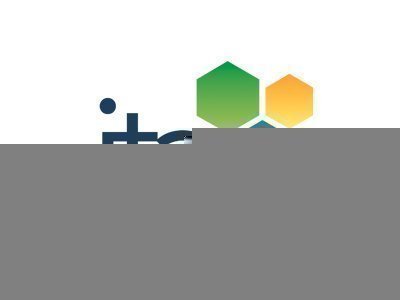Construction noise – Are you meeting the standards?
The dynamic nature of construction sites adds to the challenge of meeting the Model Work Health and Safety Regulations and Code of Practice for Managing Noise and Preventing Hearing Loss at Work which have been adopted in most Australian jurisdictions.
The Model Regulations require employers or “persons conducting a business or undertaking” to meet the noise standard through a “hierarchy” of controls.
The noise exposure standard is an eight hour equivalent level of 85 dB(A) (adjusted to 82dB(A) for 12 hour shifts) and a peak of140dB(C) for impulsive noise sources such as explosive powered tools. Common construction tools exceed 85 dB(A) - (see table).
Under the specified hierarchy of control, hearing protection cannot be used where it is reasonably practicable to use better control measures e.g. minimising the use of noisy plant or tools in favour of prefabricated components, better design, planning and logistical management to reduce and avoid exposing personnel other than the tool or equipment operator.
Where noise risks are identified they must be assessed by competent persons such as occupational hygienists and acoustic scientists. If hearing protection is used to control noise to the standard, audiometric testing of noise exposed employees may be required. Audiometric testing measures hearing loss and offers a powerful “one on one” opportunity for communication of noise exposure risk and the importance of control measures.
In the construction industry assessments can be complex and compliance is often achieved by mandating hearing protection for all tools that could exceed the standard, however, the regulations require more than this. A professional assessment of the risks should be carried out to map exposure risks more accurately and assess if there are practicable alternatives to hearing protection.
Common Construction Noise Sources | |
| Construction Equipment | Estimated Noise Level dB(A) |
| Diamond rock saw | 120 |
| Concrete saws | 110 |
| Explosive powered tools – repetitive(estimated) | 110 |
| Demolition saws | 106 |
| Angle grinders | 105 |
| Pneumatic (Kanga) hammers | 105 |
| Wacker plate compactor | 97 |
| Drott operating at 3m | 95 |
| Timber power saws | 93 |
| Rock breaker on concreteat 3m | 93 |
| MIG welders | 90 |
| Hand hammering | 90 |
| Nail guns – repetitive use | 90 |
| Site radio – loud at 1m | 90 |
| Back hoe | 89 |
| S O U R C E Measurement results from JTA database. | |









